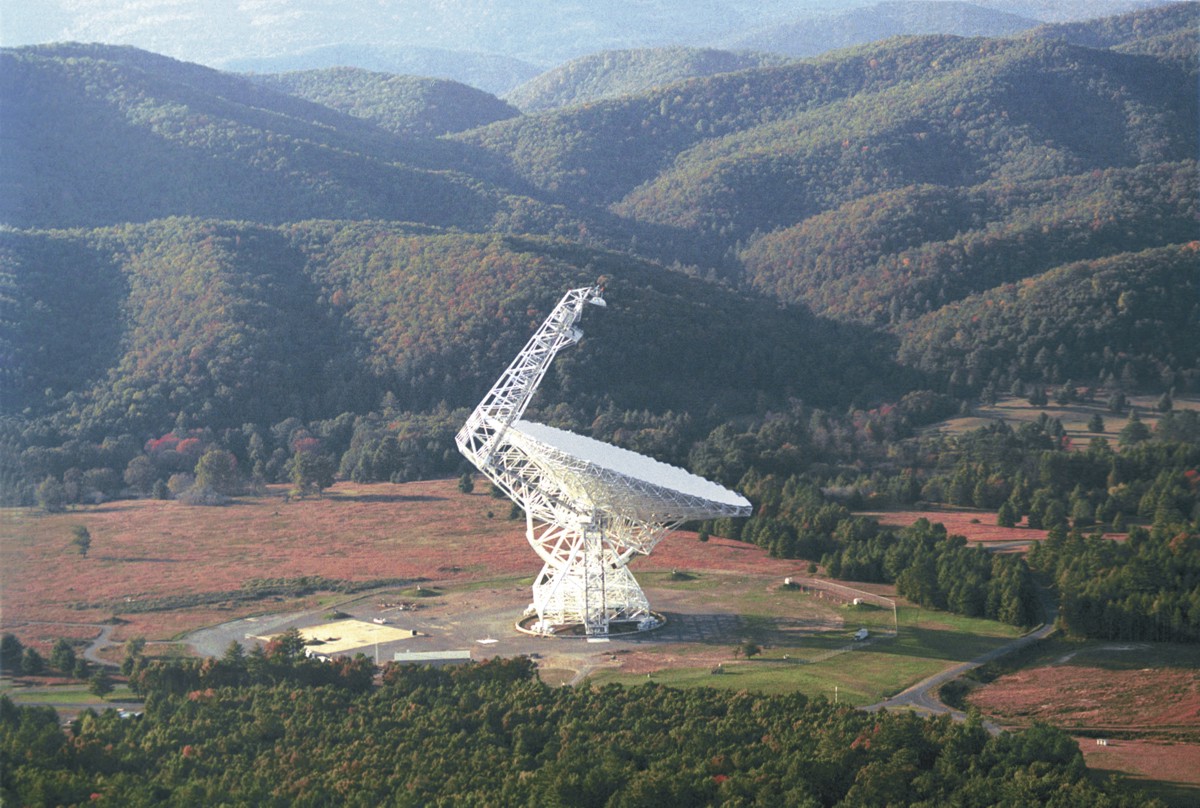Axions are a popular candidate in the search for dark matter. There have been previous searches for these hypothetical particles, all of which have come up with nothing. But recently the results of a new search for dark matter axions have been published…and has also found nothing. Still, the study is interesting because of the nature and scale of the search.
Continue reading “A Worldwide Search for Dark Matter Fails to Turn up a Signal for This Mysterious Particle”WIMPS vs. Axions: What is dark matter?
Dark matter rules every galaxy. But what exactly is it? Astronomers believe it to be some kind of new, exotic particle. You may have heard some terms tossed around, like WIMPs or axions. Let’s explore what those terms actually mean.
Continue reading “WIMPS vs. Axions: What is dark matter?”One Idea to Explain Dark Matter – Ultralight Bosons – Fails the Test

Dark matter continues to resist our best efforts to pin it down. While dark matter remains a dominant theory of cosmology, and there is lots of evidence to support a universe filled with cold dark matter, every search for dark matter particles yields nothing. A new study continues that tradition, ruling out a range of dark matter candidates.
Continue reading “One Idea to Explain Dark Matter – Ultralight Bosons – Fails the Test”If Axions Explain Dark Matter, it Could be Possible to Detect Them Nearby Neutron Stars
As we continue to search for dark matter particles, one thing is very clear: they cannot be any of the elementary particles we’ve discovered so far. The particles would need to have mass, but interact with light only weakly. Of the known particles, neutrinos fit that description, but neutrinos have a tiny mass, and aren’t nearly enough to explain dark matter. Some other kind of particle must make up the majority of dark matter.
Continue reading “If Axions Explain Dark Matter, it Could be Possible to Detect Them Nearby Neutron Stars”Japanese Dark Matter Detector is Seeing a “Surprising Excess of Events”
Dark matter is notoriously difficult to detect. So difficult that we haven’t detected it yet. Evidence for dark matter can be seen in everything from the warping of light near galaxies to the way galaxies cluster together. We are pretty sure dark matter is real, but we also know it can’t be made of any type of particle we currently know. But a new study has found some interesting data that could be evidence of dark matter, or not.
Continue reading “Japanese Dark Matter Detector is Seeing a “Surprising Excess of Events””Is Dark Matter Made of Axions? Black Holes May Reveal the Answer
What is dark matter made of? It’s one of the most perplexing questions of modern astronomy. We know that dark matter is out there, since we can see its obvious gravitational influence on everything from galaxies to the evolution of the entire universe, but we don’t know what it is. Our best guess is that it’s some sort of weird new particle that doesn’t like to talk to normal matter very often (otherwise we would have seen it by now). One possibility is that it’s an exotic hypothetical kind of particle known as an axion, and a team of astronomers are using none other than black holes to try to get a glimpse into this strange new cosmic critter.
Continue reading “Is Dark Matter Made of Axions? Black Holes May Reveal the Answer”Dark Matter: Hot Or Not?

For almost a century, astronomers and cosmologists have postulated that space is filled with an invisible mass known as “dark matter”. Accounting for 27% of the mass and energy in the observable universe, the existence of this matter was intended to explain all the “missing” baryonic matter in cosmological models. Unfortunately, the concept of dark matter has solved one cosmological problem, only to create another.
If this matter does exist, what is it made of? So far, theories have ranged from saying that it is made up of cold, warm or hot matter, with the most widely-accepted theory being the Lambda Cold Dark Matter (Lambda-CDM) model. However, a new study produced by a team of European astronomer suggests that the Warm Dark Matter (WDM) model may be able to explain the latest observations made of the early Universe.





